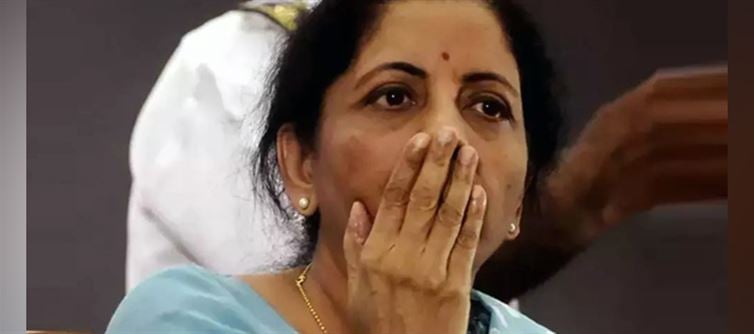
The government promised cheaper education supplies with GST cuts on notebooks and stationery. But reality paints a very different picture. While finished goods like notebooks may now attract 0% GST, raw materials like paper remain taxed at 18%. Manufacturers cannot fully claim input tax credits, costs pile up, and consumers may end up paying more. What was advertised as relief is, in fact, a hidden “masterstroke” that keeps wallets lighter and propaganda stronger.
1. Notebooks 0%, Paper 18%
The government reduced GST on finished stationery items, but paper—the main input—remains taxed. The input cost for manufacturers doesn’t reduce, undermining the benefit.
2. Input Tax Credit Reversal Hits Hard
For nil-rated supplies, manufacturers must reverse ITC. This increases costs for them, which are often passed on to consumers, negating the GST cut.
3. Companies Aren’t Eager to Pass Benefits
Businesses claim they’ve incurred massive losses in recent years. Coupled with rising raw material costs, they have little incentive to reduce prices for end users.
4. Hidden Costs Across Goods & Services
Not just notebooks—other items face similar GST structures. Lack of set-off against GST collected reduces advantages by at least half, creating hidden inflation under the guise of relief.
5. Propaganda vs Reality
While the government touts “cheaper education,” the net effect may be higher prices for consumers. The PR message is clear; the reality is inconvenient.
6. Impact on Consumers
Students, parents, and schools are unlikely to feel any relief. If the mess continues, the so-called GST cut could turn into a political nightmare, with rising costs undermining public trust.
7. Masterstroke or Money Grab?
This “hidden masterstroke” demonstrates how complex tax policy can be spun as relief while maintaining revenue streams and corporate flexibility to avoid passing on benefits.
⚡ Bottomline
GST cuts on notebooks may look like a win for consumers, but hidden costs, input taxes, and corporate decisions mean you’re unlikely to see cheaper prices. Propaganda masks reality, and the “masterstroke” may hit wallets harder than anticipated. 100% jumla, 101% hidden burden.




 click and follow Indiaherald WhatsApp channel
click and follow Indiaherald WhatsApp channel